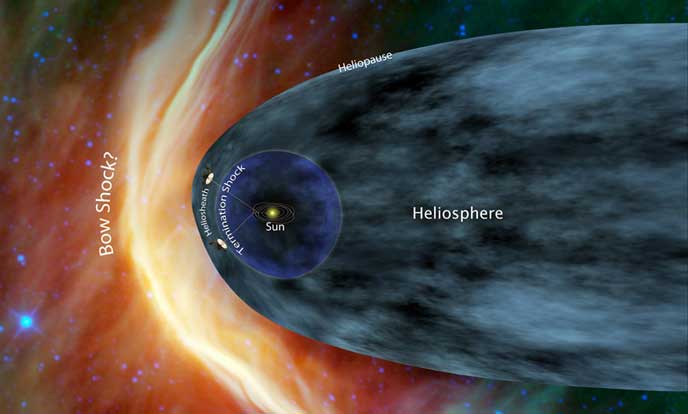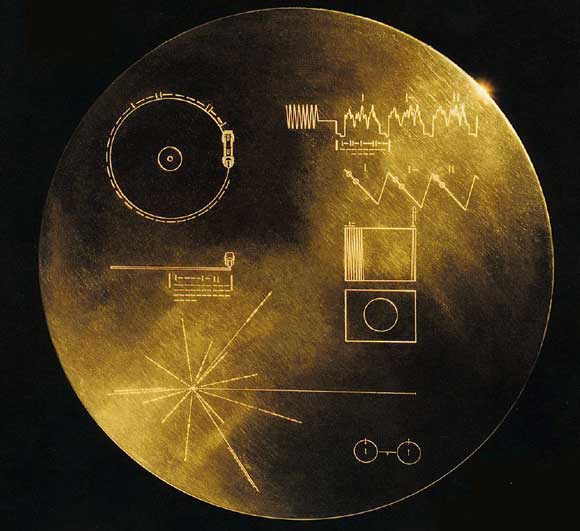Last week, in the corners of the Internet devoted to outer space, things started to get a little, well, hot. Voyager 1, the man-made object farthest away from Earth, was encountering a sharp uptick in the number of a certain kind of energetic particles around it. Had the spacecraft become the first human creation to “officially” leave the solar system?
It’s hard to overstate how wild an accomplishment this would be: A machine, built here on Earth by the brain- and handiwork of humans, has sailed from Florida, out of Earth’s orbit, beyond Mars, beyond the gas giants of Jupiter and Saturn, and may now have left the heliosphere — tiny dot in the universe beholden to our sun. Had it really happened? How would we know?
We’re not quite there yet, Voyager’s project scientist and former head of NASA’s Jet Propulsion Lab, Edward Stone, told me. The spacecraft is on its way out — “it’s leaving the solar system” — but we don’t know how far it has to go or what that transition to interstellar space will look like.
Keep reading – Get Ready, Because Voyager I Is *This Close* to Leaving Our Solar System


